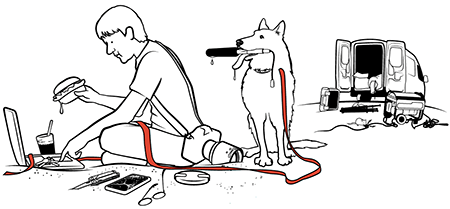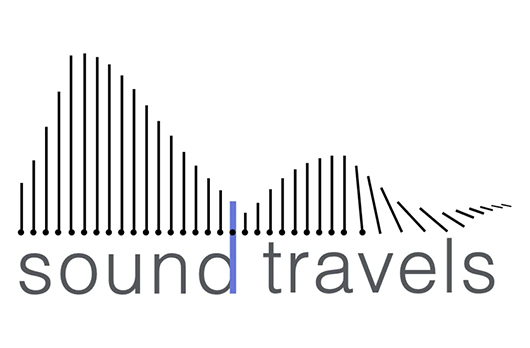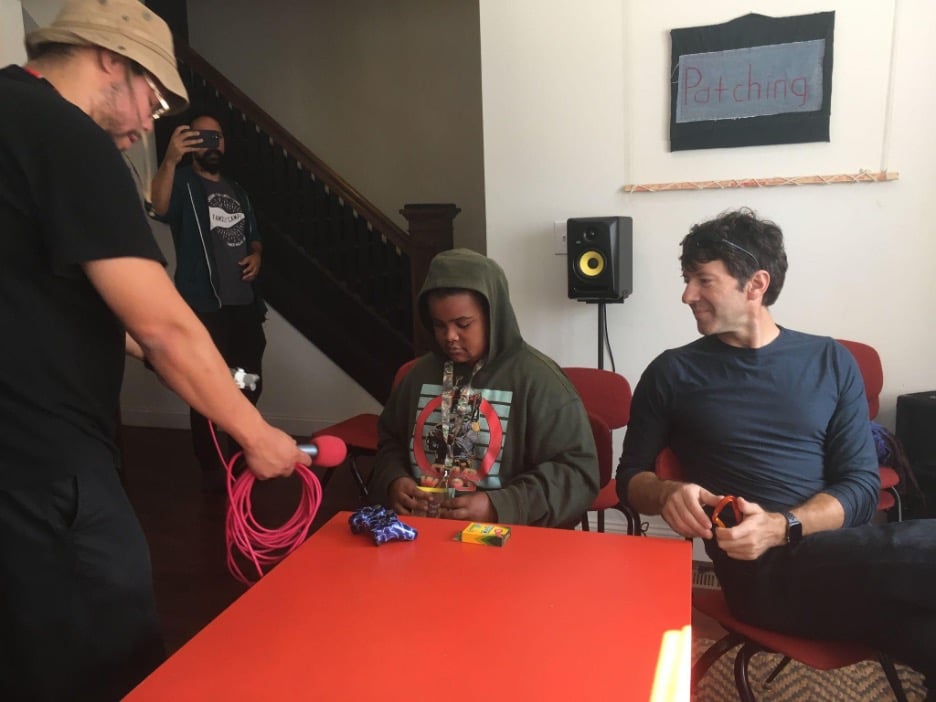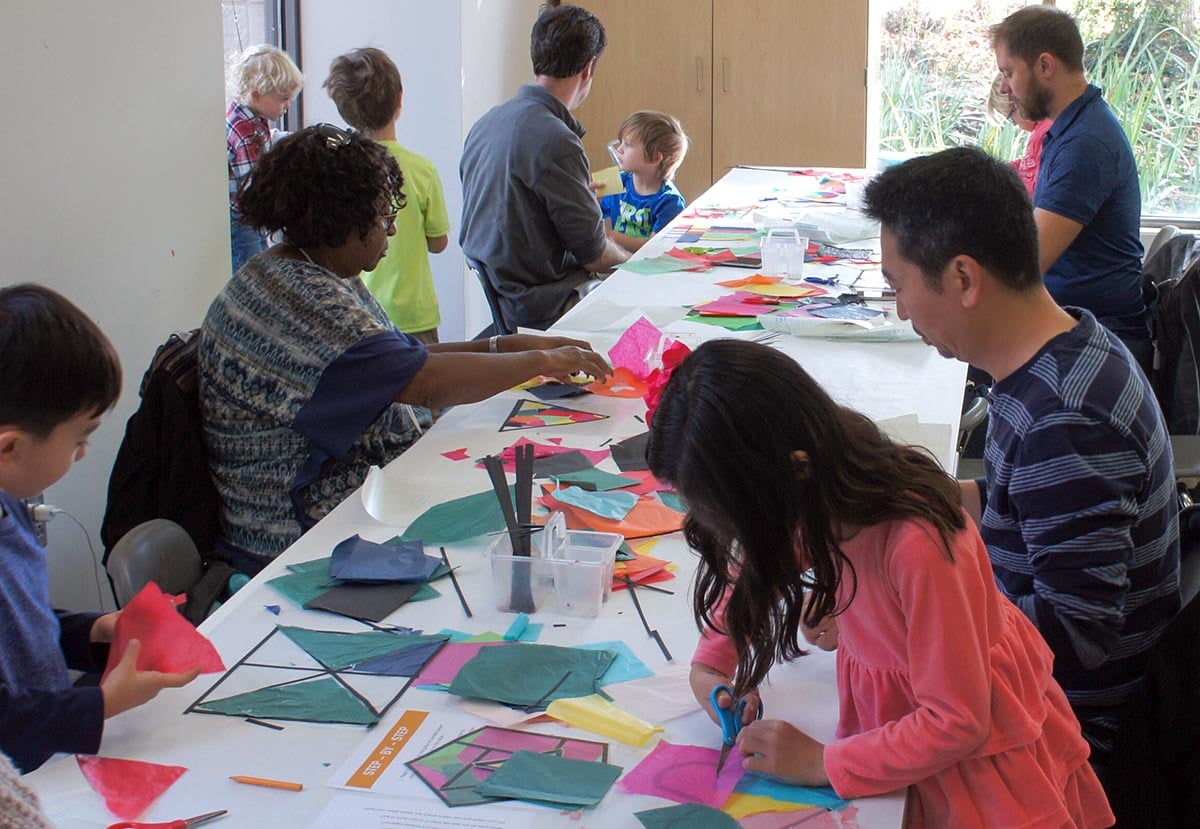TERC Blog
2022 STEM for All Video Showcase
TERC Hosts 8th Annual STEM for All Video Showcase: May 10-17, 2022
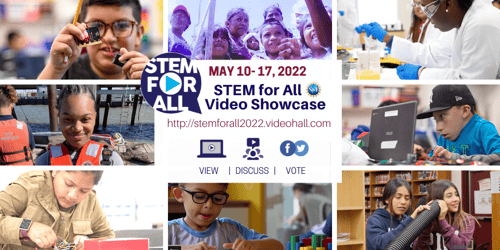
267 projects funded by NSF and other federal agencies will showcase three-minute videos of their innovative work related to STEM teaching and learning in formal and informal environments. The showcase theme this year is Access, Inclusion, and Equity. This is a great opportunity for you to network, find new resources, potential collaborators, and share your expertise!
Anytime during this free, week long virtual event, we invite you to:
TERC's STEM for All Videos
TERC is proud to have our staffs' amazing work featured in the Video Showcase this year. Check out the videos and join the conversations with the researchers who made the films!
Math and Computational Thinking Through 3D Making
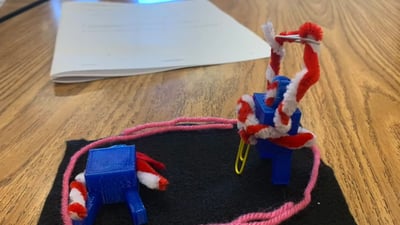
Lead Presenter: Jennifer Knudsen
Co-Presenters: Ken Rafanan
Abstract: The MPACT project brings 3D modeling and 3D printing to rural youth and BIPOC youth in grades 4-7. Supplementary units provide opportunities to learn math, computational thinking, and spatial reasoning. While most materials are for use in school, the project includes units for making at home, with supports for parents. In this video, we present an overview of the project, its approach to teaching and learning content in the context of making, and the experiences of one teacher and her students using the materials.
Organizations: TERC
![]()
Innovate to Mitigate: Environmental Innovation Challenges
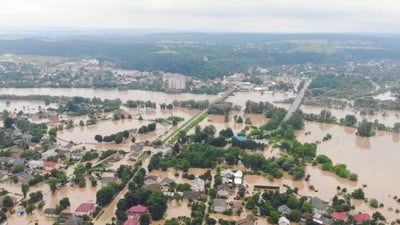
Lead Presenter: Gillian Puttick
Co-Presenters: Brian Drayton and Santiago Gasca
Abstract: Current priorities in science education include efforts to engage students in scientific reasoning, use the practices of science to understand natural phenomena, and constructively respond to local and global challenges. This project responds to these priorities by engaging teams of students in grades 8-12 in competitive Challenges to design innovative strategies for carbon mitigation in, for example, transportation, agriculture or energy use.
The project expands the typical boundaries of schools by enabling teams of students in multiple locations to collaborate in model-based reasoning to construct possible solutions to environmental challenges. Students and their teachers will cross disciplinary boundaries as they choose concepts from chemistry, engineering, mathematics, biology, and social science to support their innovations. Teachers, students, project scientist-researchers, and advisors will comment in online discussion forums to help improve ideas and to troubleshoot, thus using social media and crowdsourcing to iteratively improve submissions in the competition.
This early stage Design and Development study is guided by the hypothesis that competitive challenges supported by social media and crowdsourcing will engage a diverse array of students in sustained and meaningful scientific inquiry. Over a period of four years, the project will design and refine four Challenges that will engage approximately 1,000 students of ages 13-17.
Organizations: TERC
![]()
Workforce Stories for Deaf or Hard of Hearing Adolescents
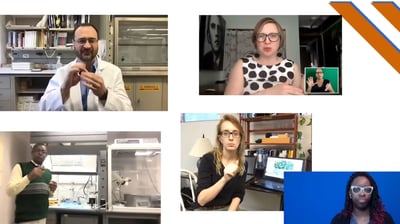
Lead Presenter: Judy Vesel
Co-Presenters: Tara Robillard
Abstract: This video showcase features 8 career stories told by STEM professionals who are deaf or hard of hearing. They were designed for use by adolescents who are deaf or hard of hearing to contribute to their awareness of the range of STEM careers available to them and of their potential ability to pursue and succeed in a STEM career. Clips from the stories demonstrate the universal design that allows users to see the story in sign with captions; listen to it in English with or without sign interpretation or voice overlay; change text size, loudness, and contrast; replay all or parts; and submit questions to the professional.
Evaluation findings show how use of the stories when implemented in out-of-school time as well as in school can benefit not only deaf or hard of hearing learners but those who are hearing. Information presented is relevant for those interested in incorporating STEM career learning into formal or informal learning experiences. Expected learning objectives are for viewers to become aware of the features of a new resource and ways of integrating it to create career learning experiences that are more inclusive of learners who are deaf or hard-of hearing.
Organizations: TERC
![]()
Co-Design w/ Neurodiverse Learners: Team & VR Game Impacts
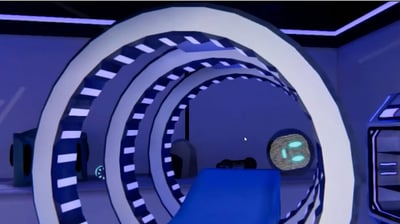
Lead Presenter: Teon Edwards
Co-Presenter: Zachary Alstad, Gerald Belton, Ibrahim Dahlstrom-Hakki, Katherine (Katie) Hoder, James Larsen, Rebecca (Becky) Scheff, Stephen Soltero
Abstract: Designers and researchers from EdGE at TERC and interns from Landmark College, a post-secondary institute for learners with ADHD, autism, dyslexia, and other learning differences, are co-designing a virtual reality (VR) game intended to engage a broad audience, including neurodivergent players, in STEM learning.
In this video, you will hear from current members of the co-design team as they reflect on what the co-design process has meant to them and how it has shaped the project.
Through the co-design process, individual team members have gained confidence, felt heard and respected, changed their own ways of listening and communicating, grown professionally, and shaped the game in both expected and unexpected ways. Notably, because of co-design, an emphasis on inclusive communication, empathy, different preferences and tolerances, and non-overlapping perceptions have joined STEM in the content and narrative of the game.
Organizations: TERC, Landmark College, MXTreality
![]()
Broadening Access to Algebra: An Intervention for Grades K–2

Lead Presenter: Maria Blanton
Co-Presenter: Angela Gardiner and Ana Stephens
Abstract: This video will showcase two related research projects focused on designing an effective and inclusive Grades K&2 early algebra intervention. Our design was based on our Grades 3&5 early algebra intervention, which has been shown to significantly improve students algebra readiness for middle grades across all demographics. In this video, we highlight features of the intervention and describe ways we have observed young learners thinking algebraically as they progress through it. This intervention offers an important curricular resource for teachers in building classrooms that foster children's algebraic thinking.
Organizations: TERC, University of Wisconsin Madison, Merrimack College
![]()
Portraits of Giving Back by Native Individuals in STEM
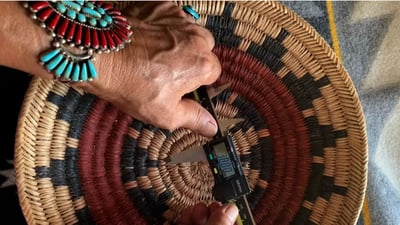
Lead Presenter: Nuria Jaumot-Pascual
Co-Presenter: Matthew Madison, Maria (Mia) Ong, Christina Silva, Tiffany Smith, Lisette Torres-Gerald, Selay Zor
Abstract: Native STEM Portraits: A Longitudinal, Mixed-Methods Study of the Intersectional Experiences of Native Learners and Professionals in STEM (NSP) is a three-year NSF-funded project that investigates the experiences of Native STEM students and professionals in order to make visible how they navigate, respond to, and are changed by the supports and barriers they encounter while trying to persist in STEM.
Through surveys and photo elicitation interviews, the study found that the desire and opportunity to give back to their communities and contribute to Nation building through their STEM disciplines play a key role in motivating Native students and professionals to persist in STEM. Examples of giving back that we will share in this video include teaching, creating safe spaces, mentoring, and serving as role models in their communities. As Nayenezgani, a geoscience student said, my mom started this fry bread stand out of a period of poverty ... And it reminds me that there is reason for me to be in science. I can make a success out of my struggles & help; and that is a reasoning why I am in science, is to help my community.
We will also share examples of Nation building from the study data, including cultural preservation, such as translating science vocabulary into Native languages, and supporting technological sovereignty. As Lake, a biology student stated, I want to start including Native terms into the lexicon of science so that people can refer to them and start adding a diverse tongue that isn't just Latin and English.
Organizations: TERC, Advancing Indigenous People in STEM, University of Georgia
![]()
Reaching Across the Hallway
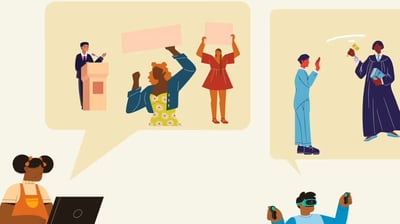
Lead Presenter:Rebecca Dovi
Co-Presenters: Debra Bernstein and Michael Berson
Abstract: Interviews with middle school computer science teachers currently participating in the Reaching Across the Hallway grant.
Organizations: CodeVA, TERC, University of South Florida
![]()
A Study of STEM Learning Ecosystems in Maine
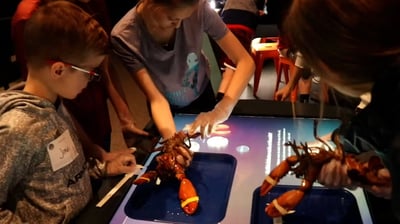
Lead Presenter: Kelly Riedinger
Co- Presenters: Jim Hammerman and Leigh Peake
Abstract: The Revealing Systemic Impacts of a Statewide Science Field Trip Program research study applies learning ecosystem models as a theoretical and analytic framework to investigate the impact of a longstanding, statewide field trip program in the state of Maine. The study uses the LabVenture program as an example of a longstanding field trip that has been running for more than 15-years and reaches 70% of students across the state to understand potential community-level impacts.
Although there are many prior studies of field trips that focus on students, teachers or schools, the characteristics of the LabVenture program allow us to extend this work by exploring community-level questions such as: To what degree does an experience that is shared across a community lead to a traceable change that can be measured for those who participated and across the broader community? In what ways, if at all, can one out-of-school experience have an influence on the larger learning ecosystem (e.g., the Maine education system)?
The video will highlight our research findings from complementary data collection methods including retrospective interviews with students and teacher alumni, a statewide survey administered with the public across the state of Maine, intercept interviews and focus group discussions in case study communities. We look forward to talking with other researchers conducting studies with community partners and to discussing implications of study findings with researchers and education practitioners
Organizations: Oregon State University, TERC, Gulf of Maine Research Institute










